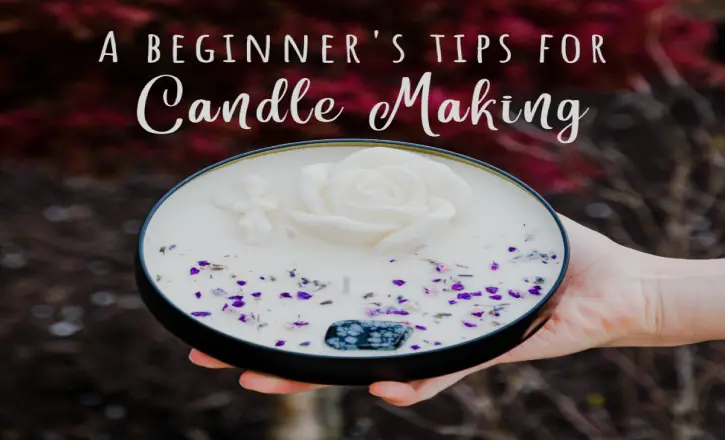As someone who has made candles before, I am often asked this question. People are startled to learn that it is considerably more complicated than just melting and pouring soap bases, adding scent and color, and putting it into a container with a wick. That being said, it is much more than a craft—it is a science. As with any science, you must study, test, experiment, and test again, which may be time-consuming and expensive.
Whether you’re creating a candle as a present, for yourself or to sell, it’s important to take it seriously. You will not be able to create a perfect candle in a single day. In actuality, it might take months to make a candle that not only smells amazing but is also properly constructed. This article will not teach you how to build a candle, but it will provide information and recommendations on where to begin, what to investigate, what materials to purchase, and how to test your candles.
Table of Contents
Here are three main points from this article:
- Conduct your research.
- Purchase a minimal quantity of goods.
- Run all of your candles through their paces and take notes.
Step 1: Conduct research
The first and most crucial stage is to educate oneself on the fundamentals of candle manufacturing. This will make the procedure much simpler and will save any future difficulties.
The internet is brimming with candle-making knowledge. I recommend doing a search for “candle-making supplies” and then perusing the websites of providers that cater to candle makers and hobbyists. This will offer you a concept of what is available, such as various waxes, wicks, perfumes, molds, additives, containers, and so on.
Step 2: Purchase small quantities of supplies
The most common error I see beginning candle makers make is buying candle materials in quantity, expecting to produce a beautiful candle in a few days, only to discover that things aren’t going as planned. The greatest thing you could do is purchase goods in tiny amounts and exclusively for testing.
- Look for wax in 1–5-pound increments. Depending on the size of your container, one pound of wax (16 oz.) will create at least one, if not two, candles. Furthermore, many companies provide wax samplers, which often comprise a selection of various waxes (1 lb. each).
- Almost every provider I’ve encountered sells wicks in packs of 5 or 10. Wick sampler kits are also available from several providers.
- All sellers sell fragrance oils in quantities of at least 1 oz. Do not purchase 8 oz. of apple fragrance oil, simply because you think you’ll like the aroma. Surprisingly, there are several issues that might arise while using fragrance oil.
Step 3: Examine all of your candles and take notes
While testing may seem to be a time-consuming and unpleasant process, it is the third most critical phase in the candle-making process. Do you want your candles to have massive flames? No. Do you want your candles to burn in an irregular pattern? No.
Waxes, containers, wicks, fragrance oils, colors, and additions are not all compatible. Some fragrance oils will not work with soy wax, some wicks will not work with certain containers, and so forth. Testing your candles will solve all of these issues and more.

